=============
Laughter, measles, the firing of the CDC cruise team, and RFK Jr. finding a cause for autism
Laughter, measles, the firing of the CDC cruise norovirus team, and RFK Jr. is going to find the cause of autism by September. Oh—and The Last of Us (yes, the fungal pandemic series) returned last night.
It’s just another week in public health.
Here’s what it means to you.
Reporting back from the first YLE live, in-person event
It’s not every day an epidemiologist sells out a comedy club. But last week in NYC, we did just that! There was a line out the door. Inside, we handed out stress balls, “everything is fine” stickers with a world on fire, and yes—even public health-themed cocktails.
The night was filled not just with laughter but with tangible solutions, next steps, and a shared belief that a different future is possible.
Casey Balsham (comedian) and Brinda Adhikari (former producer for Jon Stewart and co-host of Why Should I Trust You?) balanced humor with the moment's weight.
David Wallace-Wells (NYT columnist) joined us on stage.
I brought a bit of (tough) love to public health.
And Marisa Donnelly (epidemiologist behind YLE New York) talked about what’s on her mind, including rats.
Hosting the event was terrifying (this isn’t exactly what epidemiologists are trained to do!), but I truly believe this moment calls for both a collective hug and a push to try new and different things. We all need to show up—online and in person. As Bryan Stevenson, author of Just Mercy, reminds us, meaningful change requires that we:
Get proximate
Change the narrative
Do uncomfortable things
And stay hopeful
For those unable to come, here’s a reflection piece from someone who came. The event video is in the works and will be out in a week or two. We’re also thinking about taking this show on the road. If your city is ready for tough talk, laughs, and real momentum for change, let us know in the comments.
Flu season is officially over—but the ripple effects remain
While flu activity remains moderate in the Northeast, this year’s flu season has officially ended nationally.
The toll is still being counted: 188 children have died from flu so far this season, with final counts expected to rise as more death certificates are processed. Modeling has estimated that, in total, flu caused 45 million illnesses, 580,000 hospitalizations (including my little girl), and 25,000 deaths this season.
This wasn’t inevitable. Flu vaccination rates have dropped steadily since the pandemic—and this year, they were among the lowest we’ve seen.
What this means for you: Flu shouldn’t be on your mind. Flu vaccines will still be available next year; however, one question is whether they will be covered by insurance.
Norovirus: still going strong—and now with fewer protections
Norovirus—think nausea, throwing up, diarrhea—continues to have a really bad year. Levels are still above “average” for this time of year, largely driven by a new strain of the virus.
While most cases come from food outbreaks and household spread, we’ve had 10 cruise ship outbreaks in 2025 thus far. Unfortunately, the new administration fired the full-time CDC cruise ship inspectors for norovirus. The team was in the middle of responding to two outbreaks when they were let go.
This doesn’t save the federal government money. The team is funded through fees paid by cruise companies.
A much smaller team of 12 U.S. Public Health Service officers remains, but how they’ll keep up is unclear.
What this means for you: Norovirus is very contagious. It spreads through surfaces and can survive for weeks. Hand sanitizer doesn’t work—soap and water are your best bet. If you’re cruising anytime soon, wash your hands often and maybe skip the buffet. Check out YLE’s deep dive on norovirus here.
Measles: a growing game of whack-a-mole
The U.S. now has 739 measles cases—more than any year in the past 15—and outbreaks are spreading across multiple states. Five states now have more than 10 cases, a rare and concerning development.
The largest cluster is in the southern panhandle, with 643 cases:
Texas: 541 (+36 since the last update)
New Mexico: 58 (+2)
Oklahoma: 12 (+2)
Kansas: 32 (+8)
Colorado: 1 (likely linked)
Mexico’s outbreak—which was started with an unvaccinated 8-year-old who traveled to Texas—has surpassed 225 cases and is growing fast.
Four noteworthy updates on this outbreak:
Another death: An unvaccinated adult male died in the Mexico outbreak, bringing the death toll to four.
The exploitation continues: One RFK Jr.-promoted doctor was reportedly treating patients while actively infected with measles. The Children’s Health Defense (anti-vax non-profit started by Secretary Kennedy) was proud to report this development.
Urban spread begins: Lubbock and El Paso are now reporting increased cases—urban outbreaks are especially risky due to population density.
North American transmission chain? Genetic sequencing shows Mexico’s outbreak (and thus, the Texas outbreak) is the same strain as Ontario’s outbreak (>600 cases), raising the likelihood that this one outbreak is now circulating across North America.
In the past week, other sporadic cases have popped up due to travel across the country.
The latest SITREP report from the Yale School of Public Health is below if you’re looking for all the details (including what’s happening in Canada and Mexico).
Autism “moonshot” by September? Let’s talk.
Last week, RFK Jr. stated he has hundreds of scientists working to “solve” the cause of autism by September. Ambition is great. We’ve seen what science can do when backed by urgency—like the Covid-19 vaccine.
But four things are deeply concerning about this:
The insinuation that nothing has been done. NIH has invested over $300 million last year in autism research. About 85% of autism is genetic. The rest? Environmental factors—an incredibly complex set of variables.
The recent announcement of MMR and autism study. RFK Jr. just announced a study looking into a link between autism and the MMR vaccine. This is being led by David Geier—a prominent anti-vaxxer. It’s hard not to see where this is heading.
Good research takes time, money, and careful design. If this is building on past work, it’s unclear what’s new or different. If it’s starting from scratch, it’s simply not possible to deliver meaningful results in a few months. If quick answers are valued over careful science, we may end up with poorly designed studies that mine existing datasets for sketchy correlations that don’t hold up to scrutiny.
Time and money could be better spent helping autistic people live healthier lives while celebrating autistic strengths.
What it means for you: Be cautious. RFK Jr. has a history of amplifying bad science, and this latest promise fits the pattern.
Could a fungal pandemic actually happen?
The second season of the hit TV show The Last of Us is upon us. It’s about a pandemic, but a very different one from Covid-19. It’s about a fungus that evolves to infect humans, and then mushroom heads run at exorbitant speeds trying to infect other humans.
Could this happen? Would vaccines for fungal infections be available? Can fungi communicate? Below I separated fact from fiction two years ago. Catch up before diving into the second season.
Bottom line
You’re all caught up for now. Hang in there!
Love, the YLE team

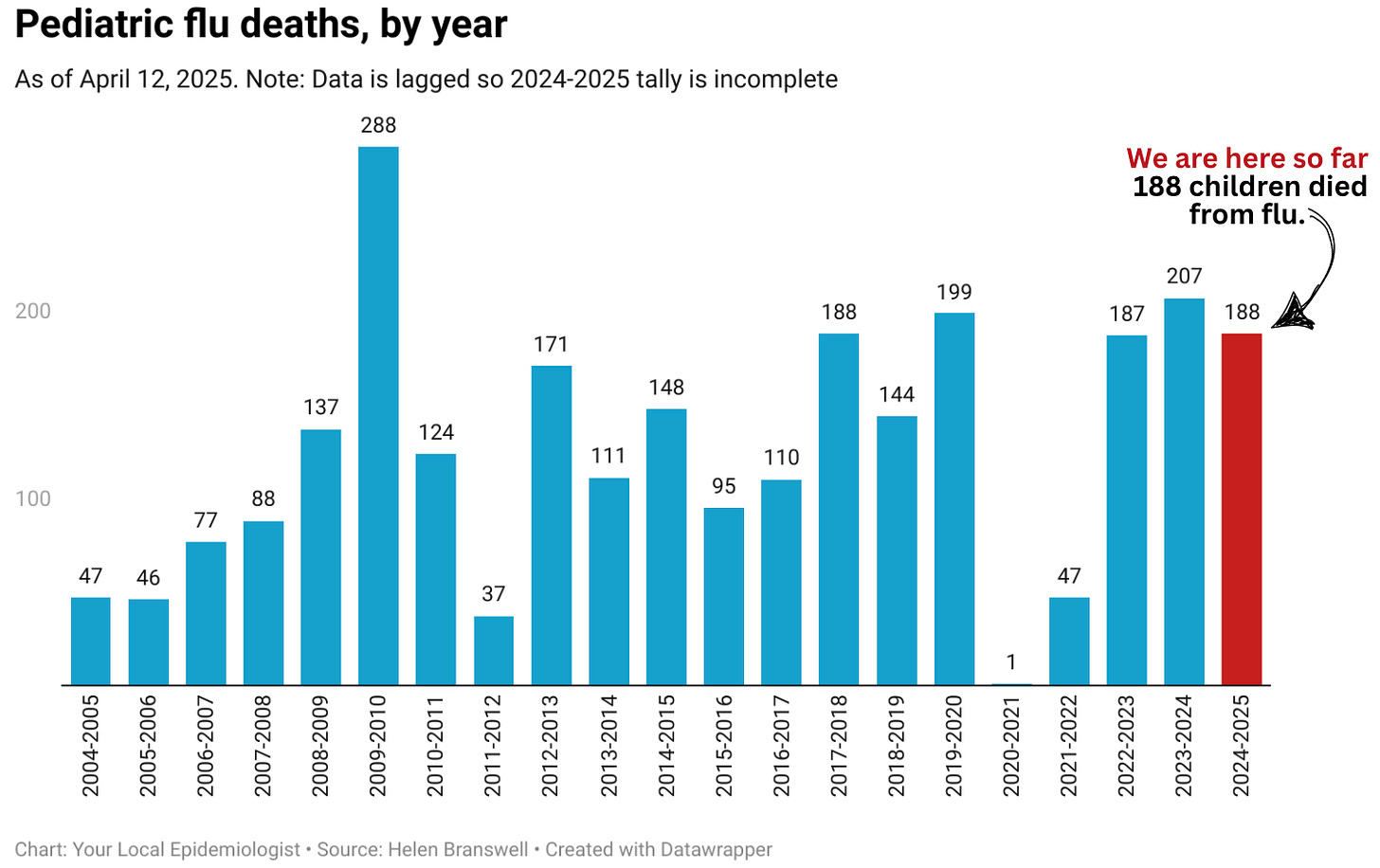
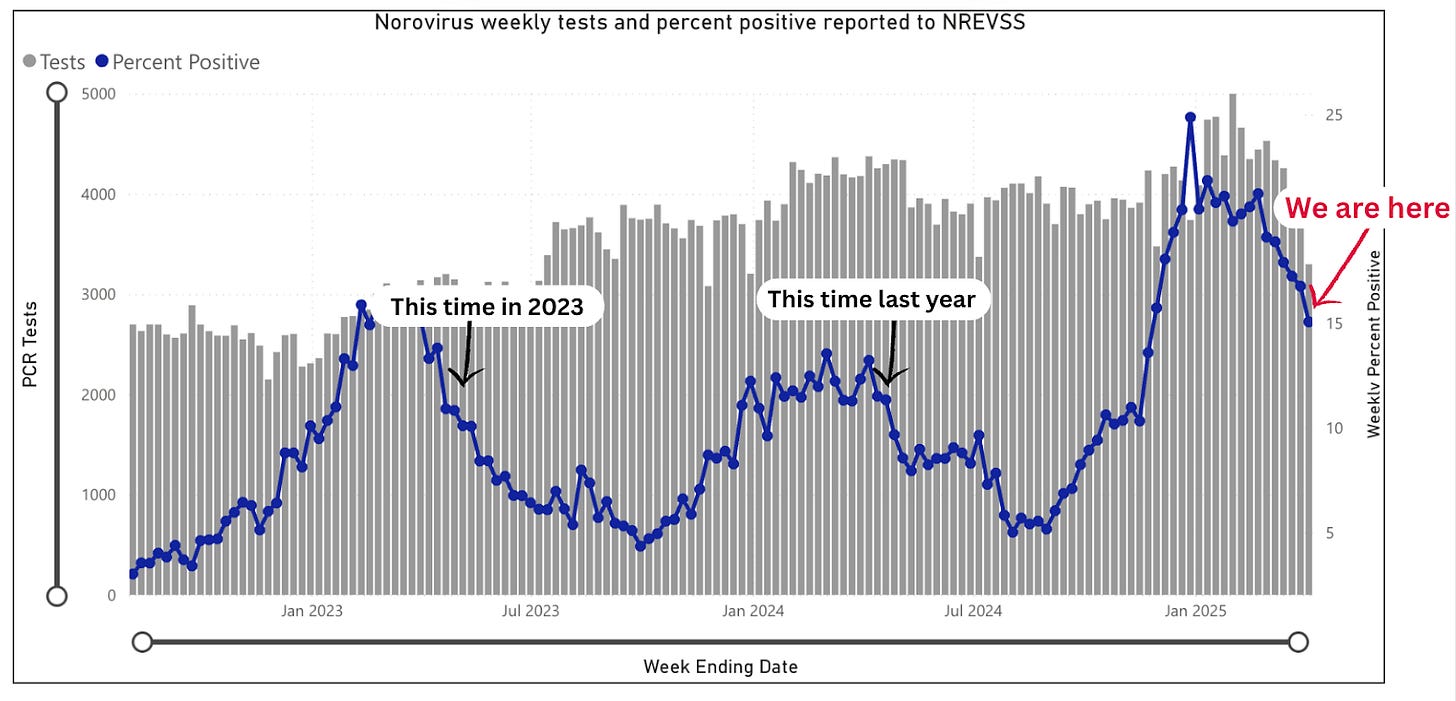
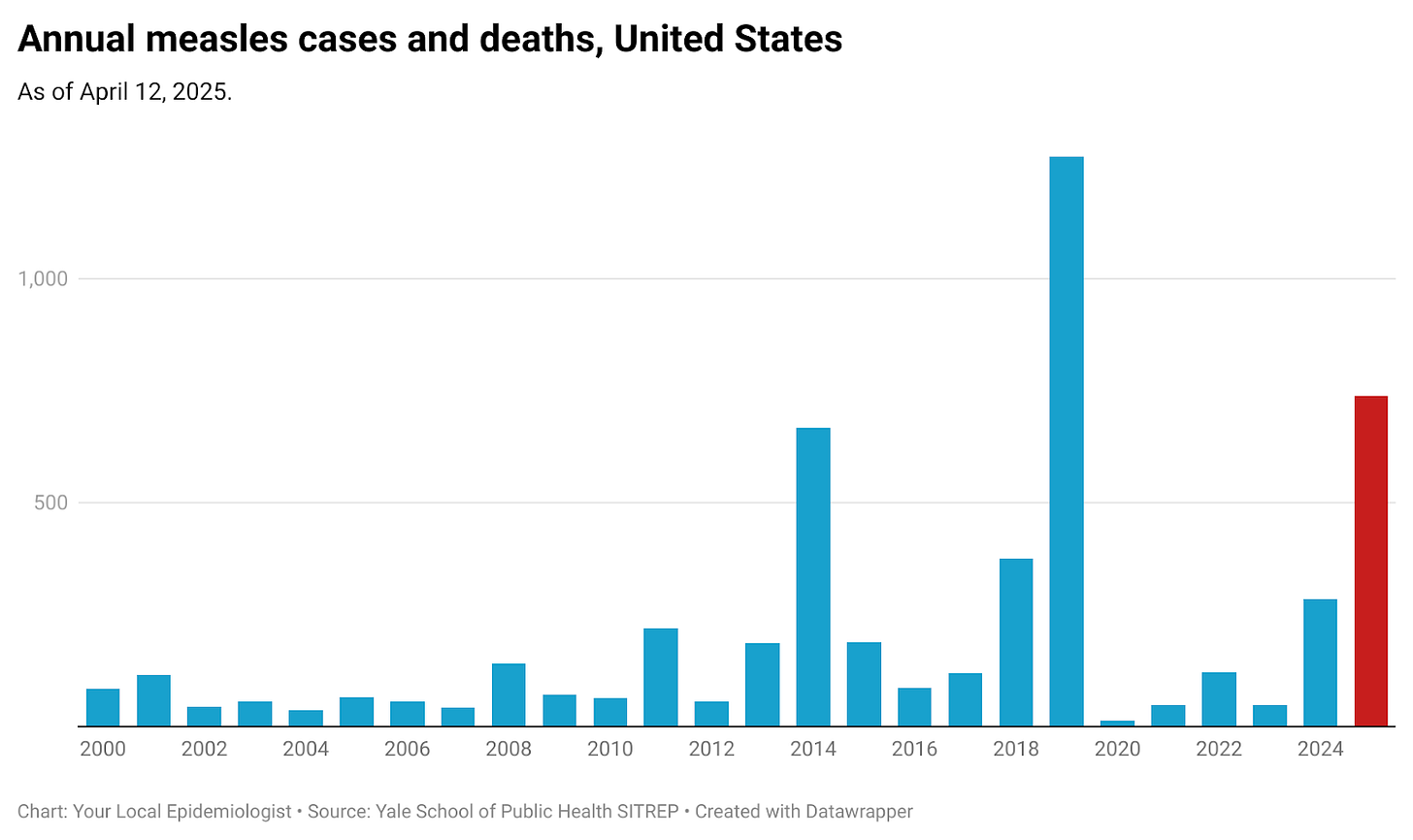
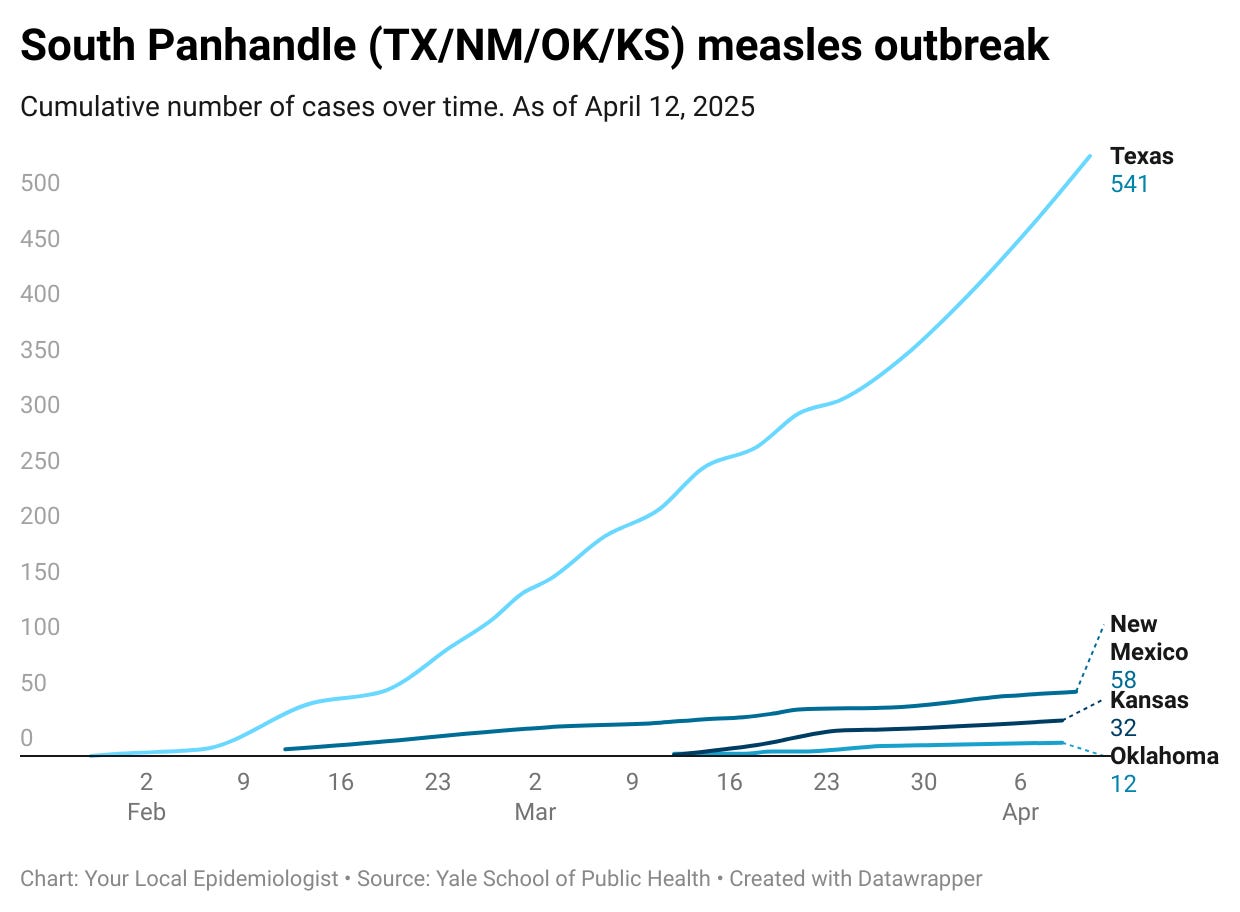
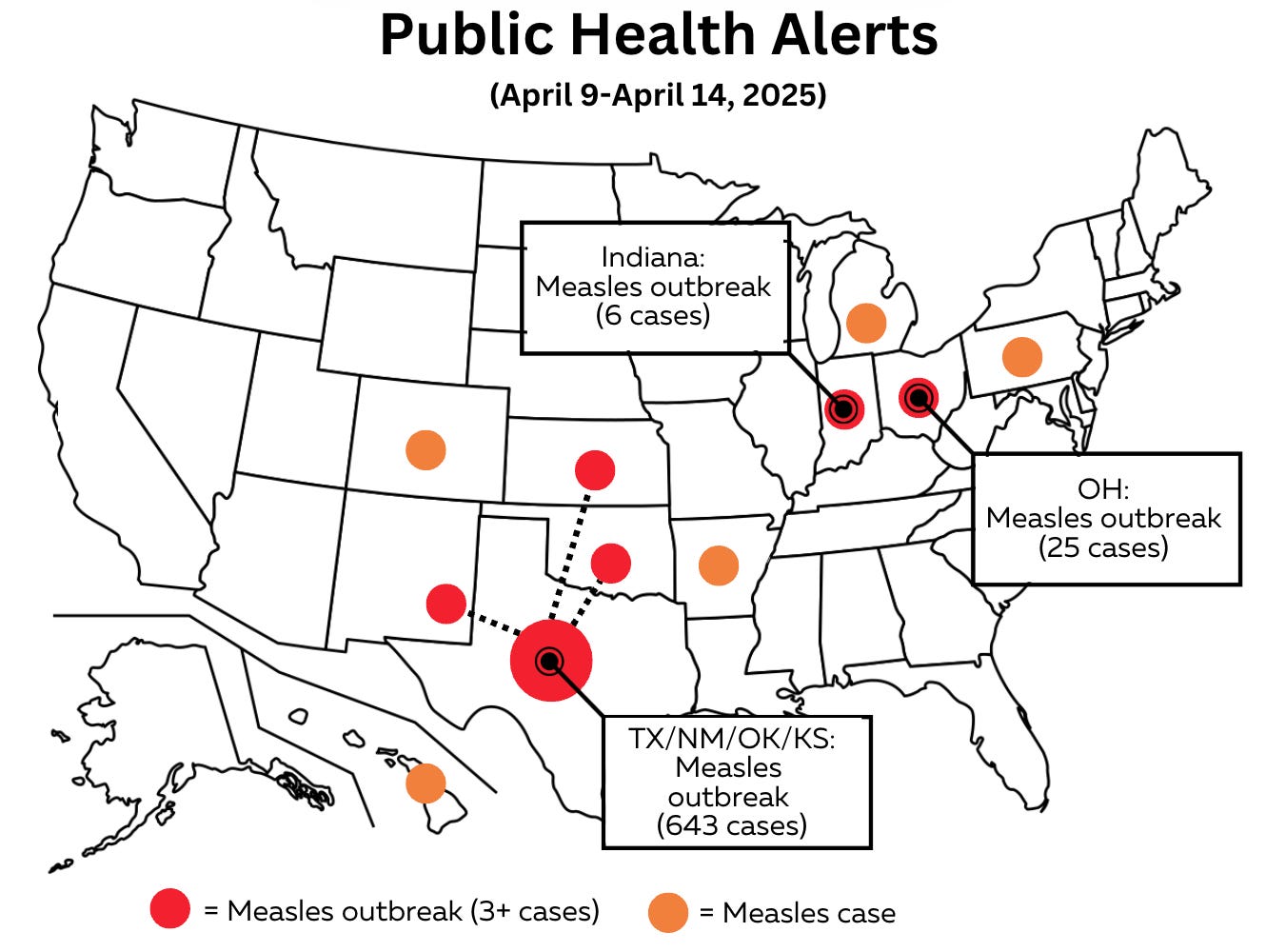













.jpg)
No comments:
Post a Comment